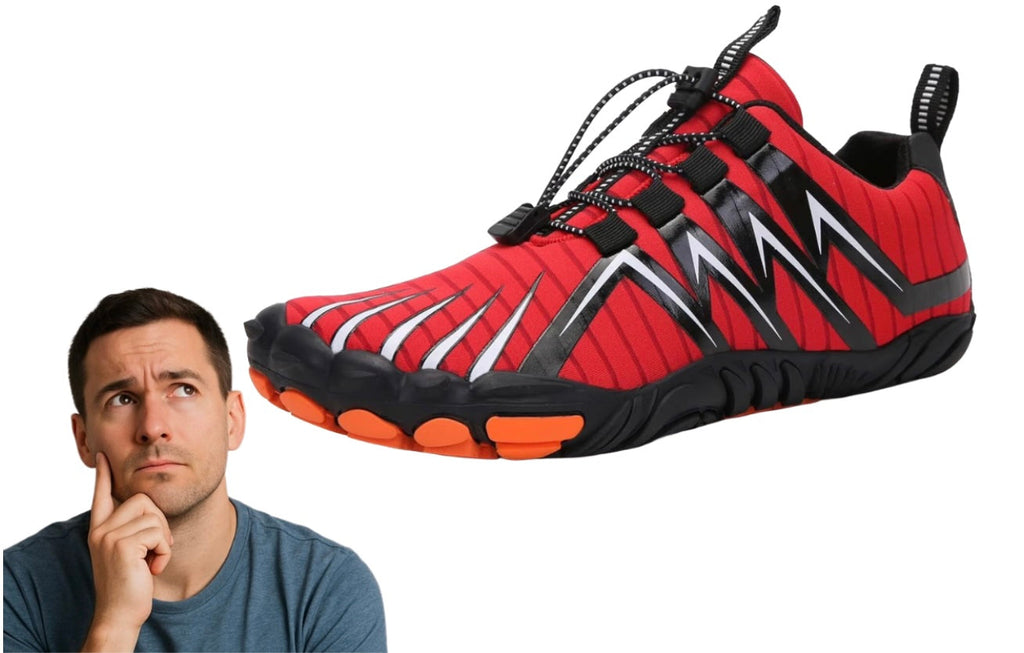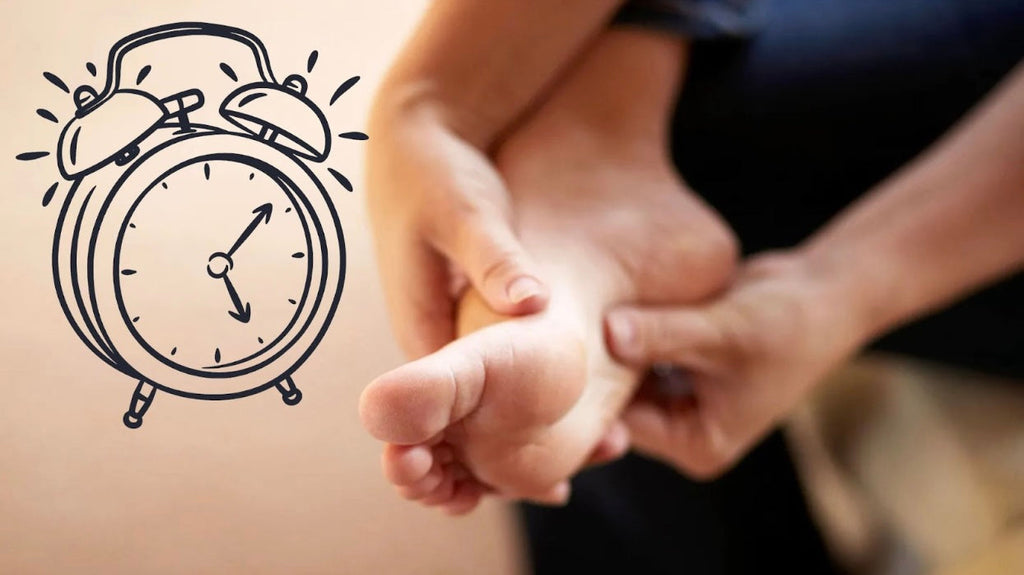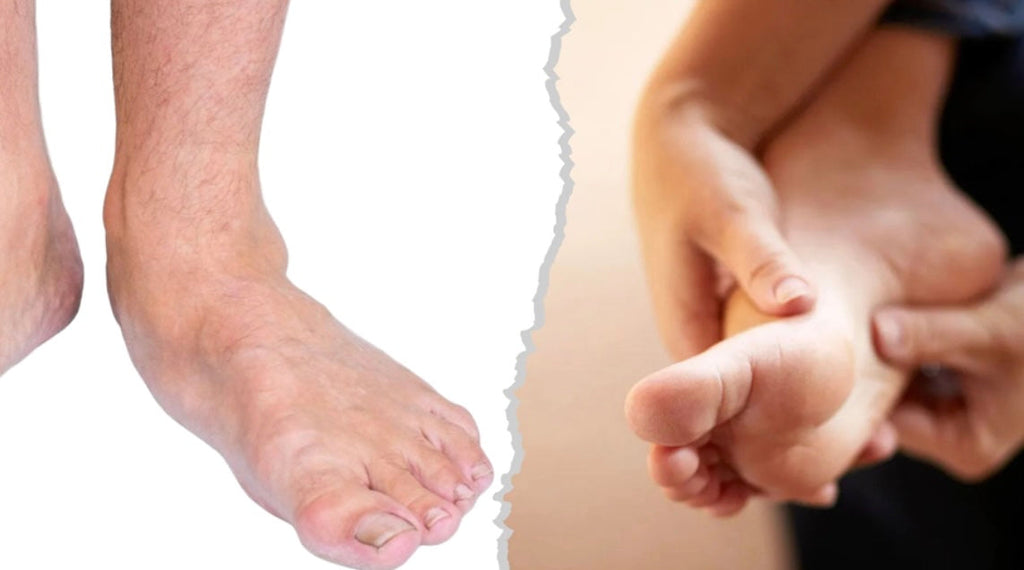Bilt Labs Product Review
Our Verdict
Who Should Buy
Bilt Labs is a good option for people who have tried other custom orthotic brands without success. Additionally, given the high quality materials, they may work well for larger individuals that have had issues with insoles collapsing or wearing down quickly.
Who should not buy
-
We particularly do not recommend these insoles for people that suffer from pain in the toes, forefoot or heel.
-
People with limb-length discrepancy should consider alternatives, as the rounded, milled plastic support cannot safely support heel lifts.
-
You should not buy if you have plantar fasciitis, or tend to overpronate as the lack of heel cup will cause your foot to lose stability in the insole and shoe
-
If you play sports with lots of lateral movement and require your foot to stay rigid (think pickleball, basketball).
The Ordering Process
Bilt Labs custom ordering process takes around 6 weeks from initial purchase to insole delivery.
-
First, you complete an online questionnaire about your foot pain and shoe preferences.
-
Second, you are sent a foam impression kit in the mail (for me, it arrived 4 days after purchase).
-
Third, there is a second questionnaire that you fill in by hand (like literally with pen and paper) with the foam impression kit - you send both back in the mail.
-
Lastly, the custom insoles arrive around 5 weeks after returning the kit, so around 6 weeks in total for the process.

Performing the foam impression.
Materials
Quality Score: 3 of 5
Felt bottom layer (left), foam-lined top layer (middle), Shell (right)
The orthotic itself is made up of three layers.
First is a plastic shell base that looks to be milled and covers ⅔ up the sole. Its construction is highly rigid and durable - it resisted bending in all directions as well as cutting with scissors. Polyurethane plastic is a generally accepted material in podiatry.
The foam layer / top lining combo is similarly high quality and provides cushioning throughout the insole length.
Finally, there is a felt lining that covers the underside of the forefoot. It is unclear what purpose it serves as it is less than 1mm thick, and on the left orthotic the glue that attached it to the bottom of the insole was failing slightly around the edges.
Bilt Labs upside down showing the plastic shell bottom and felt lining covering the bottom of the forefoot
2MM EVA foam seen from the side
There is a thin liner above the foam to provide grip and wick moisture. This underlying cushion is made up of 2mm of EVA foam and another 1mm of thicker foam. This is similar with other cushioned layers we see in the insole industry and it appears to be of high quality. Beneath the foam is a final felt layer that is used to cover the transition zone of foam to milled plastic insole.
Synthetic leather top layer.
The top liner is well designed and resists abrasion and wear. The perforations also aid in moisture wicking and heat dissipation, which we will further explore in later sections.
Glue holding foam and plastic sole
Lateral Strength
Strength Score: 5 of 5
Lateral strength is critical in supporting ankle stability and preventing overpronation or supination. As the foot begins to turn inwards while stepping, we expect a quality insole to offer some level of stability to keep the foot from rolling too much. As noted in previous insole reviews, we do not recommend gel insoles for anything more than a few mm of cushion as they simply do not have the strength to improve a wearer’s gait.
Bilt Lab’s insoles are highly rigid. However, there is an important caveat to ankle stability. That is, these insoles are molded from a foam impression kit. Because of this, any foot pronation or supination is transferred into the foam impression and may thus be exacerbated by the insole. Note that this issue is not unique to Bilt Labs, but is a feature of all foam impression insoles.
Durability
Score: 4 of 5
Bilt Labs are highly rigid orthotic with its hard plastic shell. This is perfect for retaining shape while you move laterally and put pressure on the sides of the orthotic. It also benefits heavier wearers as it can withstand large pressure changes. We can see from our flex and twist test that the orthotic is hard to move and goes back to the original shape quite easily.
Bilt Labs estimates that the orthotics last 2-3 years. Given the high price, this may not be satisfactory for some users. Reviewers online made little reference to the durability, but we have no reason to suspect the insoles do not last this length of time. If anything, they likely last longer.
We searched extensively online for Bilt Labs users that have been using the insoles for any length of time. Unfortunately, we could not verify any images of used insoles or any users that discussed the insoles candidly (for instance, there are no Reddit threads that discussed Bilt Labs in any meaningful detail).
Base Layer
Quality: 3 of 5
Above: Bilt labs bottom layer
As noted in other reviews, the portion of the insole supporting the arch is among the most important elements of an orthotic. It’s what gives the orthotic its shape to provide corrections for the patient's arches, ankle and knee position, and foot fatigue.
The rigid material does well to support my foot - thus, from the component perspective the insole is well made.
In terms of customization, it is a different story. The base offered no metatarsal customization or support. The arch height itself was lower than expected and it didn’t feel much different than the arch provided by the insoles that came with my sneakers. Perhaps Bilt Labs is more durable, but it did not offer unique support. In fact, I had a friend put just one Bilt insole into my shoe without telling me which side, and it was hard to identify which was the original and which had the custom orthotic.
Still, the high quality of the material supported my weight well and after 6 months I had the same support as day 1.
Above: Customized Bilt labs insole
Finally, on the undercarriage, we can see the heel impression. The lack of associated heel support was slightly disappointing. That said, it is cool that my name was imprinted on the bottom.
Shock Absorsion
Score: 3 of 5
To measure shock absorption we ran our standard test of dropping a tennis ball onto the insole from a 12 inch height. The ball itself bounced 8 inches at the heel. Compared to other orthotics, this is at the high end. For example, Powerstep bounced 5.1 inches, while Upstep bounced 7.5 inches.
On the opposite end of this spectrum, we have energy return. Bilt Labs does a great job of enabling power return into the foot. For this reason it may be a helpful orthotic for athletics, although from a cushioning perspective it’s not ideal.
Surface Hardness
Hardness: High
From a hardness perspective, this has a shore hardness of SH A 50. To put that in perspective it’s considerably softer than a yoga block or dog chew toys. So overall it’s not the squishiest foam, but if you are looking for an athletic orthotic that returns power back into your feet, this is fine.
Moisture Wicking
Score: 5 of 5
For our sweat simulation test we attempted to mimic foot sweat and see how fast the insole would try. The top layer resisted the water and 55 seconds was completely dry.
The underlying foam took longer to dry (as measured by touch, so not a precise measurement) and took around 45 minutes to dry. Compare this to a standard of 1 hour 15 minutes for other synthetic leather options.
Breathability
Score: 2 of 5
The top lining has hole perforations which do well to provide airflow channels. However, the underlying plastic shell is non-porous and essentially make the visible holes merely an aesthetic touch, as no air can actually circulate through the orthotic from the heel to the forefoot.
Stain Resistance
Score: 5 of 5
The Bilt Labs synthetic leather top layer was resistant to stains. We did our standard Ketchup test and you can see it does a great job of not absorbing the stain. The layer is very tough and hard to penetrate.
The black color (which was the only option at checkout) will do well to resist dirt and grime build up.
Arch Quality
Arch Height: 18.5MM
Score: 2 of 5
Without a strong arch to support your weight, the insole cannot help distribute weight properly from the arch area, leading to pain and over-pronation.
At 18mm of arch height, the insole had a similar arch to those in my sneakers, and thus made the insoles not feel particularly custom or supportive.
With weight put on the arch area, we can see that it resists compression very well. Note, some users may prefer a bit more laxity in the arch - this is a personal preference.
The arch height itself is 18 mm high. This is under average for an arch on a custom orthotic. We suspect that this is a result of the foam impression kit.
When you step into the kit, your weight compresses your arch and flattens the foot - this weight bearing ‘impression’ is transferred to the foam and ultimately the final orthotic design. The goal of orthotic support is to help resist this compression. For this reason, these insoles merely ‘meet’ my foot at its maximum flatness, rather than support it throughout the compression phase of the gait.
Heel Quality
Score: 2 of 5
We were quite disappointed in the heel portion of the orthotic. There was no heel cupping to provide ankle stability, and the 1cm of total material did little to absorb shock. However, it is sturdy and can support heavier individuals.
Forefoot
Score: 1 of 5
The forefoot of an insole is very important to gait mechanics. One third of the gait is spent on the toes leading to the forefoot so it’s a very common area to experience pain and imbalance.
The Bilt Labs insole has no custom or corrective elements on the toe area. There is no place for offsetting pressure as it’s completely flat. While there is 2MM foam over the forefoot, this is the bare minimum element on the insole and was incredibly disappointing given the “custom” label.
Weight
Superfeet weighs in at 3 Oz, or 85g. This is a relatively typical insole/orthotic weight compared to podiatrist made ones, at it incorporates similar materials to old school milled orthotics
FAQ:
How long do Bilt Labs insoles last: Bilt Labs website claims that they last 2-3 years. They also come with a lifetime warranty on the shell, which, given our testing, is unlikely to ever break or deform.
Where to buy Bilt Labs insoles: Bilt Labs insoles, formerly Urthotics, can be purchased from their website: biltlabs.com.
Are Bilt Labs insoles fsa eligible: Yes, superfeet are FSA eligible.
Which Bilt Labs insoles do I need: Bilt offers several options: Everyday, Active, and for specific conditions (e.g., Flat Feet, Plantar Fasciits, etc…). Weirdly, it doesn’t specify on the website the difference between these options, nor is there a price difference. We suspect the different options are more of a marketing decision than actual different products.
Which Bilt Labs for flat feet: See answer above.
Can you wash Bilt Labs insoles: Yes, the plastic is highly durable. Wash with warm, soapy water and let the insoles thoroughly dry before using.
Are Bilt Labs insoles hsa eligible: Yes, Bilt Labs are HSA eligible.
Are Bilt Labs insoles good: Generally speaking, Bilt Labs insoles is in the very high range of price and material quality. While they don’t offer much in terms of arch support or forefoot/toe customization, the strong plastic arch may benefit some wearers.




